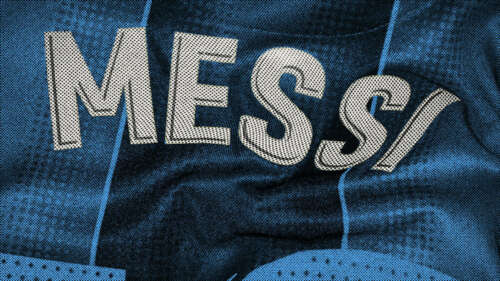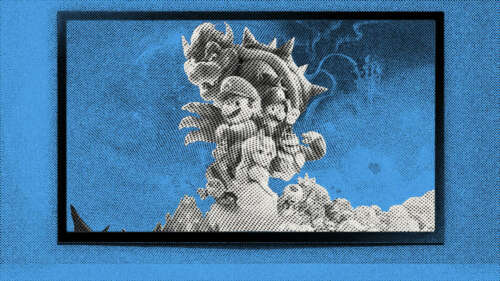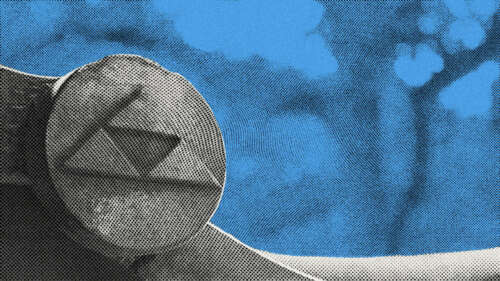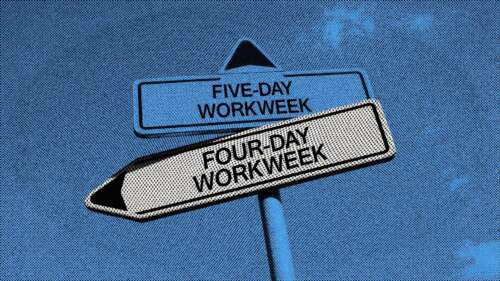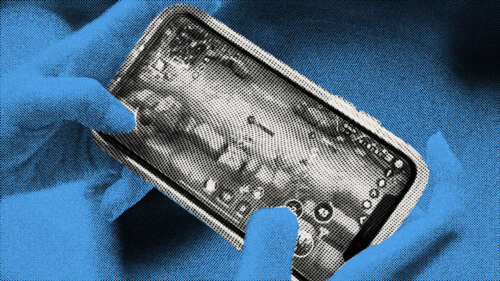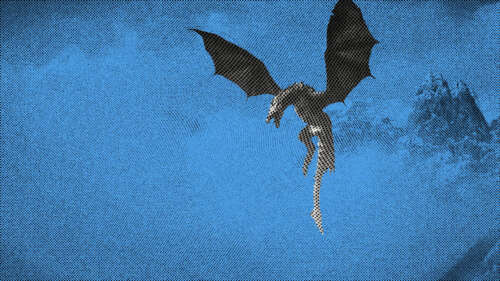In the 2010s, having a side hustle was celebrated. It spoke to the entrepreneurial spirit of Americans and the wonder of the internet. Anyone could now have a side hustle, build a customer base on the web and potentially parlay that into a successful source of revenue. In 2022, financial company Self found that 45% of Americans now have a side hustle. But of those 45%, 30% are doing so not because of any desire to be entrepreneurial but rather because they need the extra funds to cover basic living costs.
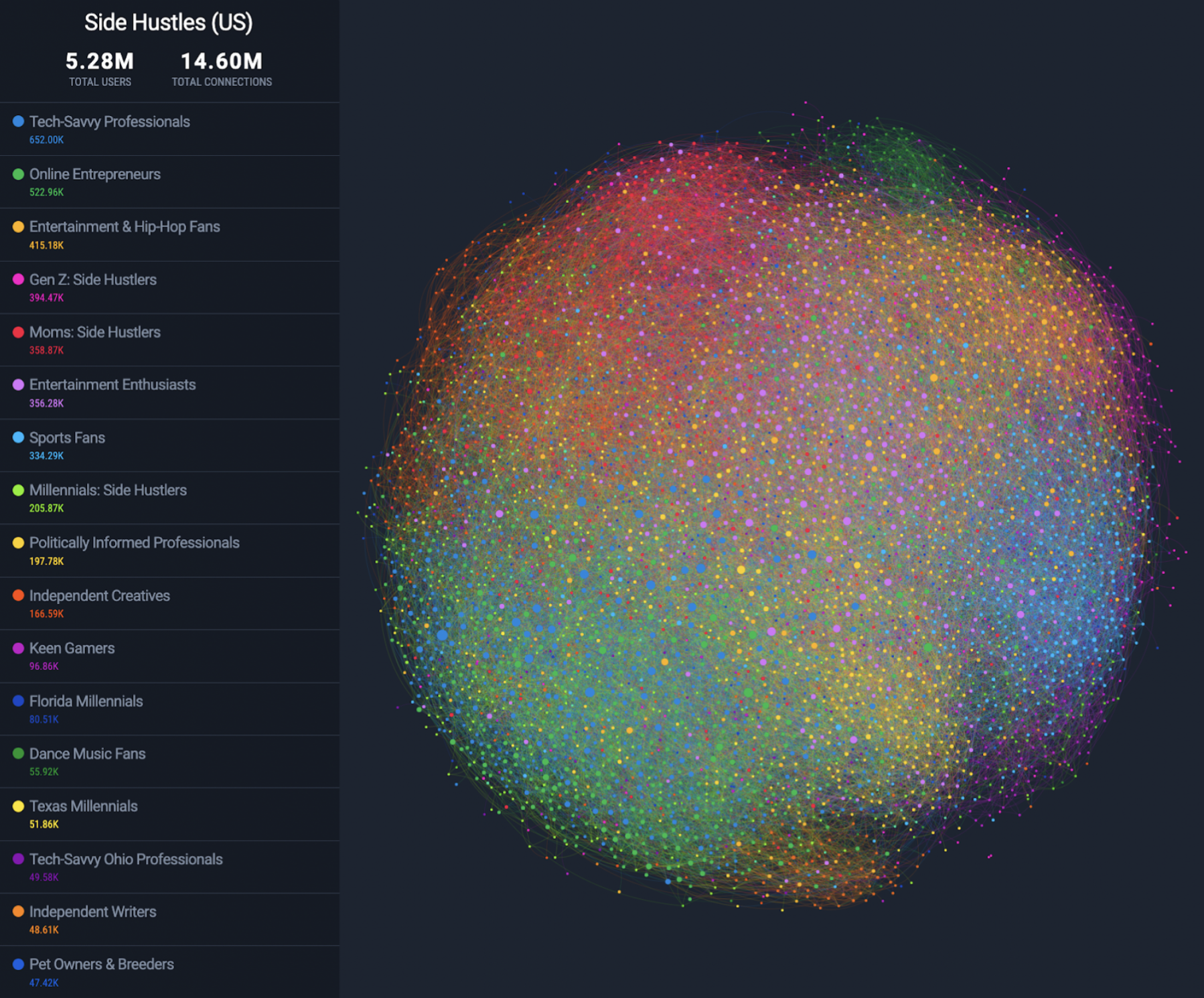
We wanted to understand side hustle culture and who is engaging with it today. We studied the audience of Shopify, a lead e-commerce platform for small businesses, and combined that with social listening analysis of the term ‘side hustle’. Out of the 5.28 million users, over 14 million connections and 20 tribes emerged. Three tribes that stood out were Gen Z, Millennial and Mom Side Hustlers. Each of these reflects the various reasons people may be jumping on the side hustle train in 2022.
Generational hustlers

There were two tribes that coalesced around generational interest; the Millennial and Gen Z Side Hustler tribes. At nearly 400k members-strong, the Gen Z audience is almost double the size of the Millennial tribe, indicating this generation are really striving to make more cash to finance their lifestyles. This makes sense with many of this tribe describing themselves as students or working in creative industries like modeling and acting, where work is not always consistent. Their influences include youth-centric, mainstream brands like PacSun, Converse and Forever 21.
This contrasts with the Millennial Side Hustlers, who are slightly older. Their bio keywords indicate that this cohort are mostly professionals rather than students, with families to support. They might be hoping to build their side hustle into a more serious enterprise. This is showcased through their influencers, which are more business-focused, such as AddThis, which offers API tools for e-commerce and Skoll Foundation, an organization focused on social entrepreneurs.
Entrepreneurial moms
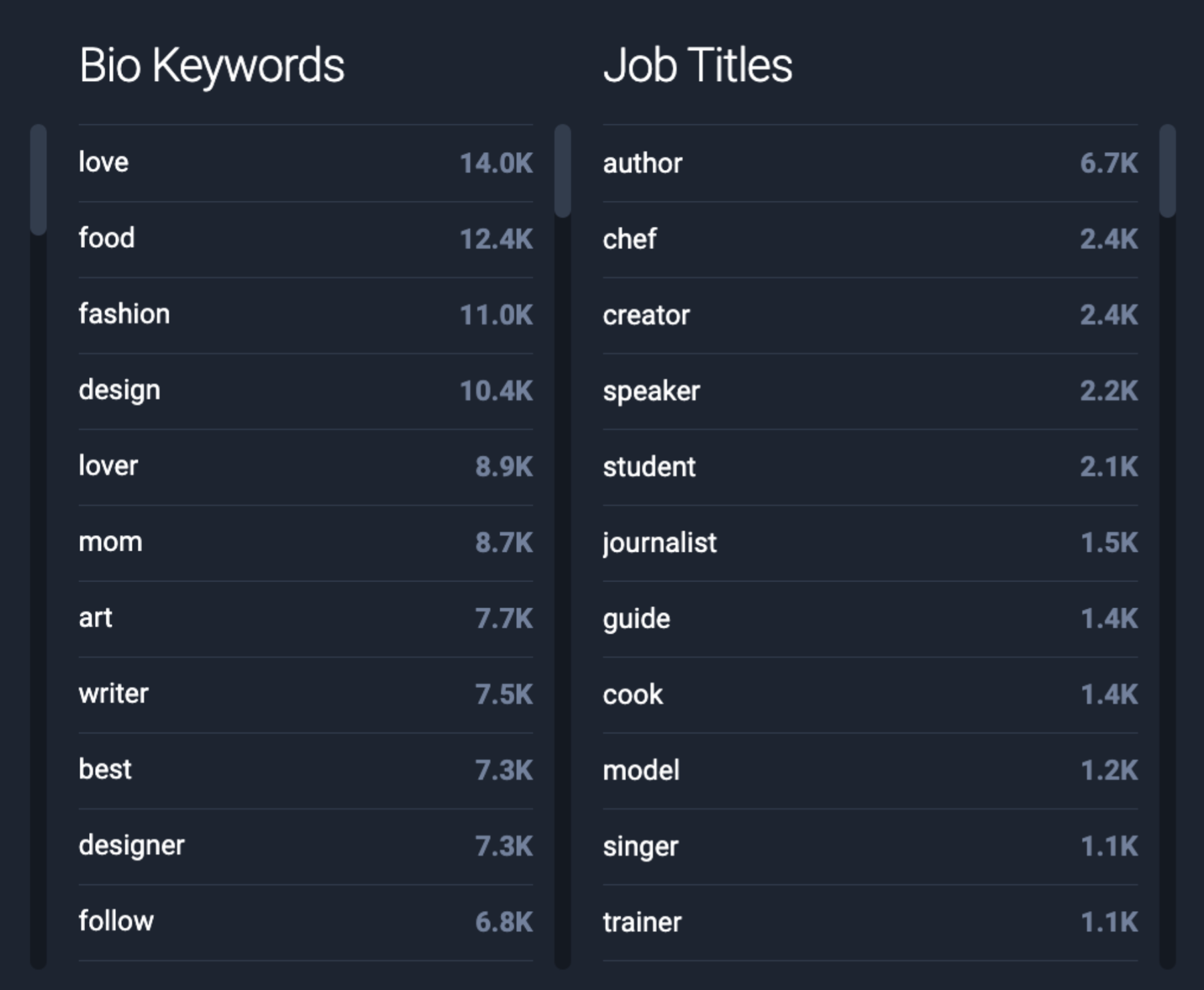
Another tribe to emerge was Moms: Side Hustlers. As if mothers don’t have enough on their plates already, they seem to be parlaying their creativity into side hustles. The majority of this tribe are interested in food and drink, with ‘recipes’, ‘nutrition’ and ‘organic’ appearing as key bio words and three of the top five affiliated categories centering around food and drink.
This tribe is also a well-read bunch, interested in the on-goings of the fashion industry with Business of Fashion and New York Magazine’s fashion vertical The Cut appearing as top influences. Museums like the MoMa in New York and The Met also reflect their taste for culture. It is clear that once you become a mother, it is not your only identity. Perhaps for these mothers pursuing a side hustle enables them to express their identities in new ways.
From passion to business
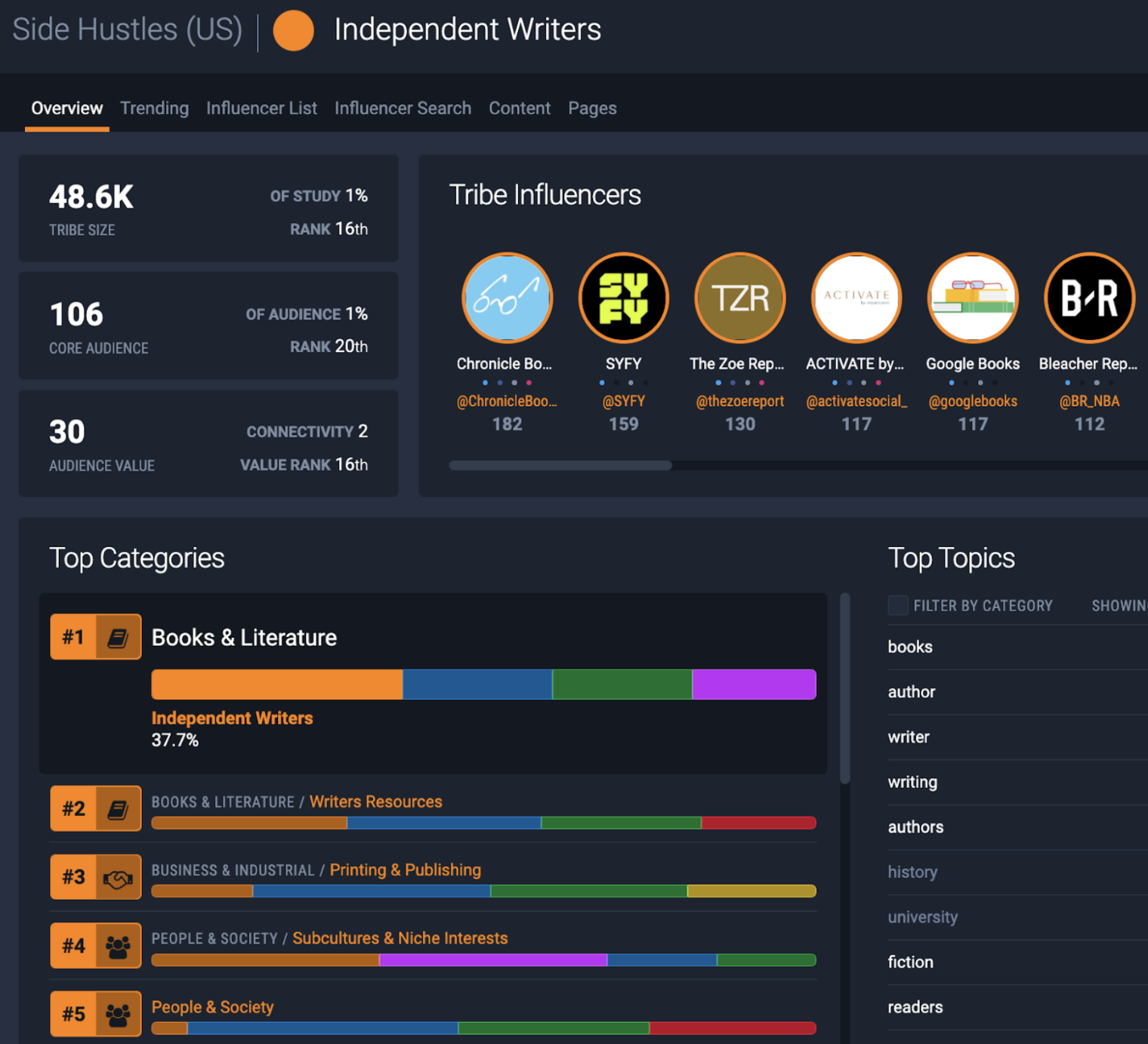
What clearly emerged from the study is the variety of people taking on side hustles. They are turning their idiosyncratic interests and passions into a business. This can be seen from the niche tribes that emerged such as Dance Music Fans, Pet Lovers, Freelance Photographers and Crypto Side Hustlers. These tribes formed in the first place because they clustered around similar behaviors, passions and interests. What each of them sell could be markedly different from one another, but since they already belong to a community, they most likely are creating products that they know their community needs.
In many ways, the side hustle showcases the power of community and why engaging around passions can deliver better results. The diversity of tribe typologies means there are all sorts of people taking on a side hustle, and those who succeed will be the ones who are embedded within their community and understand their audience's interests. Once you understand an audience’s passions, half of the marketing battle has been won.
Want to discover surprising tribes within your audience? Get in touch and book a demo.













